Marine Ecosystems Climate Risk Team
Science for Sanctuaries
The Marine Ecosystems Climate Risk Team (MERT) aims to provide climate research and modeling to reinforce and expand the application of climate science in National Marine Sanctuaries activities, and ultimately improve long-term planning and management of the Sanctuaries System in support of NOAA’s Stewardship mission.
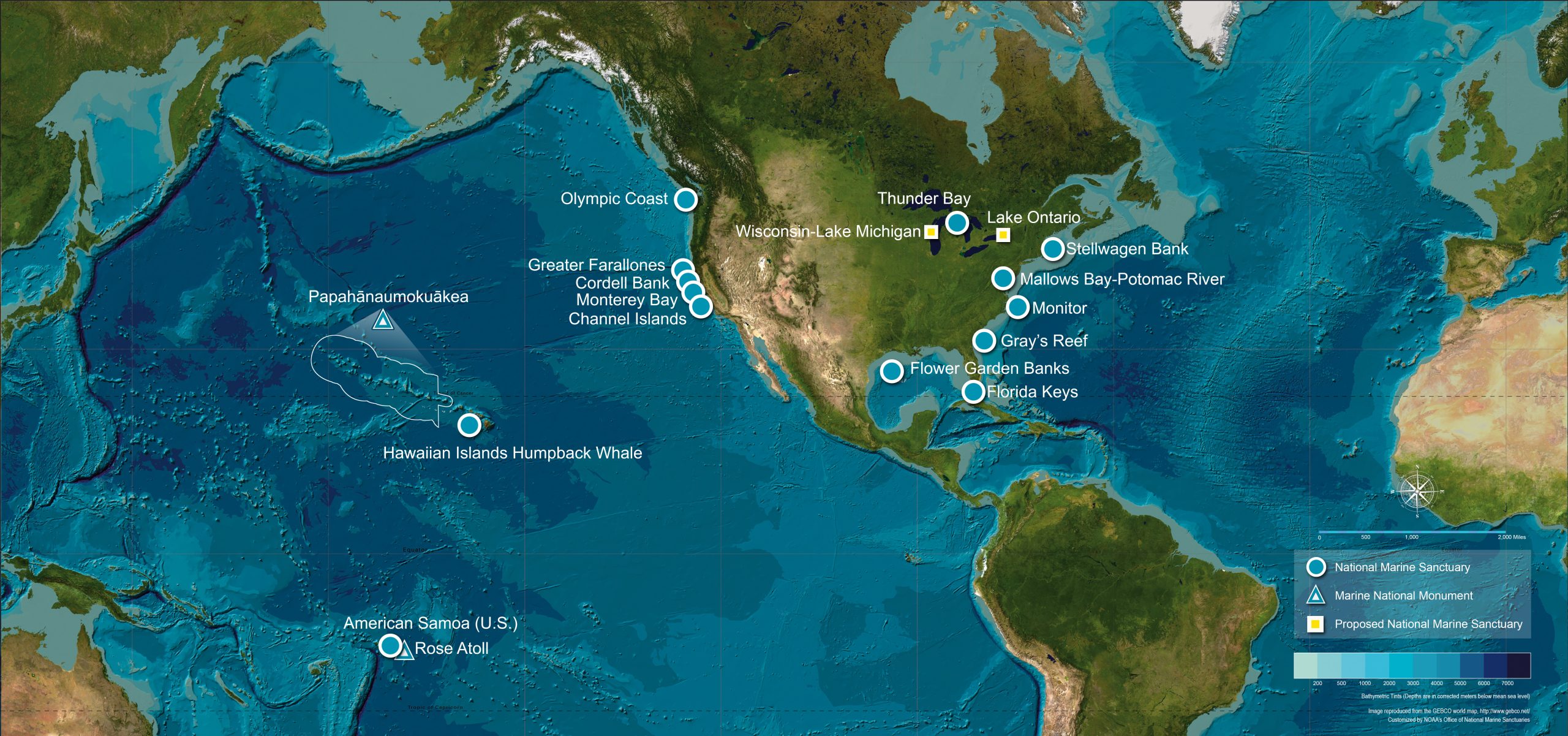
Each marine sanctuary is uniquely and significantly sensitive to climate variability and change.
The National Marine Sanctuaries (NMS) represent over 2 million km² of underwater park area, managed by the Office of National Marine Sanctuaries (ONMS), and are a strong public access point for NOAA science and products. ONMS is interested in longer climate timescales and is highly motivated to address climate change, which is one of, if not the major, risk factor for each sanctuary.
Climate change is currently addressed in a heterogeneous manner across the NMS system. Some sanctuaries have climate change deeply integrated into their activities and Management Plans, and some are not yet significantly focused on climate change.
There is a limited body of research to inform sanctuaries climate work.
Only 1,200 journal articles with a focus on sanctuaries have been published since 1979, and most are focused on species biology or oceanography. Only 166 articles are focused on climate and the majority of those are about ocean acidification.
This leaves gaps in understanding of other climate influences on the sanctuaries system.
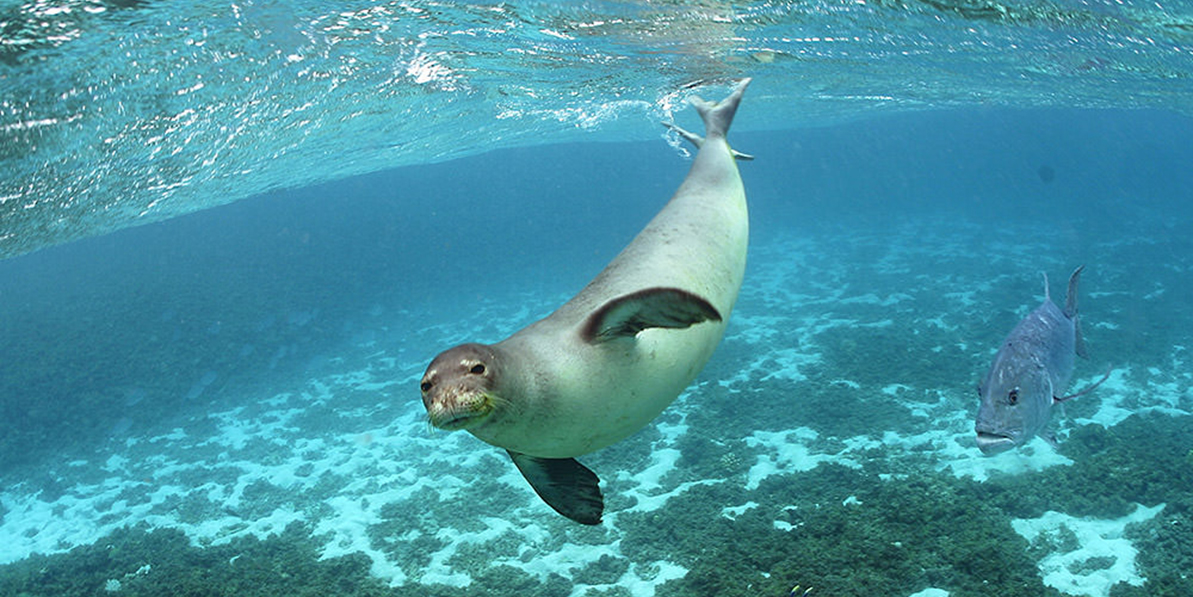

CPO’s strengths are relevant to sanctuaries’ needs and gaps.
CPO is not currently invested and is under-engaged with the stewardship side of NOAA’s mission. CPO’s strengths in Earth System Science, Climate and Societal Interactions, and Communications and Education are relevant to:
- sanctuaries science needs (e.g. climate change vulnerability; assessment; physical, chemical, and biological change),
- existing sanctuaries-relevant research and development structures,
- capability and applied research gaps (e.g. applied modeling, monitoring), and
- outreach needs (climate messaging).
MERT will address sanctuaries needs and build a new relationship through integrated activities.
CPO’s Marine Ecosystem Risk Team aims to reinforce and expand the application of climate science in National Marine Sanctuaries activities to support NOAA’s stewardship mission.
Through a set of four integrated activities, MERT will create and support a strong two-way relationship with the Office of National Marine Sanctuaries, which has clearly identified climate needs that are in CPO’s wheelhouse to address, and increase collaboration between CPO and other NOAA partners in support of this effort.
For example, MERT is leading a session at the International Marine Protected Areas Congress in Vancouver, Canada which will use this workbook to help MPA managers become more comfortable making decisions with uncertain climate data.
Integrated activities to address sanctuaries needs and build a new relationship.
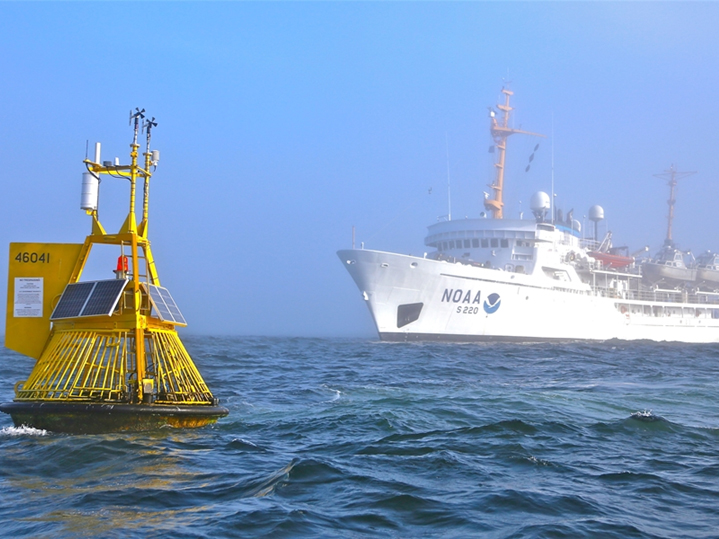

Research and Information Needs
CPO’s Earth System Science and Modeling (ESSM) Division and Climate and Societal Interactions (CSI) Division will focus a research investment to better understand, monitor, and simulate integrated and cascading climate effects on sanctuaries. This activity will primarily center around the identification of climate science and information needs of national marine sanctuaries and the ways that these intersect with the capacity, products, and expertise of NOAA Research labs and programs.
A series of focus groups will bring together sanctuary research and climate leaders from each ONMS region (East Coast and Great Lakes, West Coast, Pacific Islands) to identify climate research and information needs and priorities. The identified priorities and needs will served as the focus of discussion for a workshop that brought together research and climate staff from sanctuaries and NOAA Research labs and programs to further hone and develop climate research priorities, products, and partnerships. The workshop report is now available.
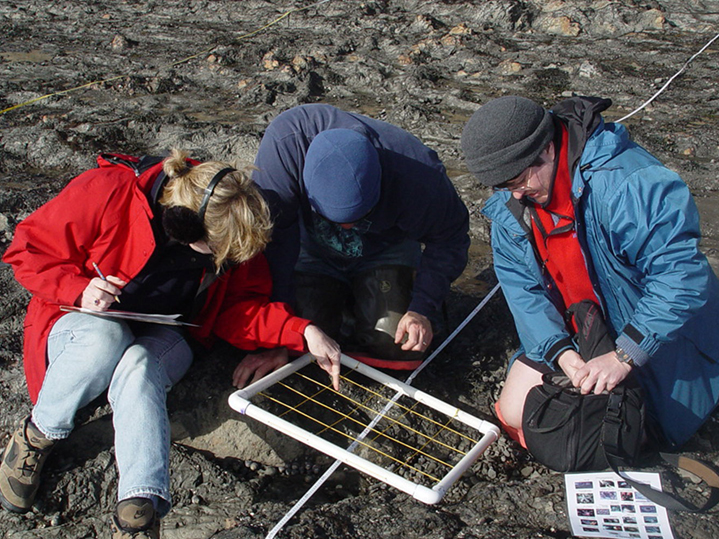

Communication & Education
Due to limited capacity to integrate climate messaging into Sanctuaries outreach, CPO will increase collaboration between its Communication, Education, & Engagement Division and the National Ocean Service/ONMS. This will help provide a capability to communicate the important role of climate in Sanctuaries management for improved public awareness and understanding
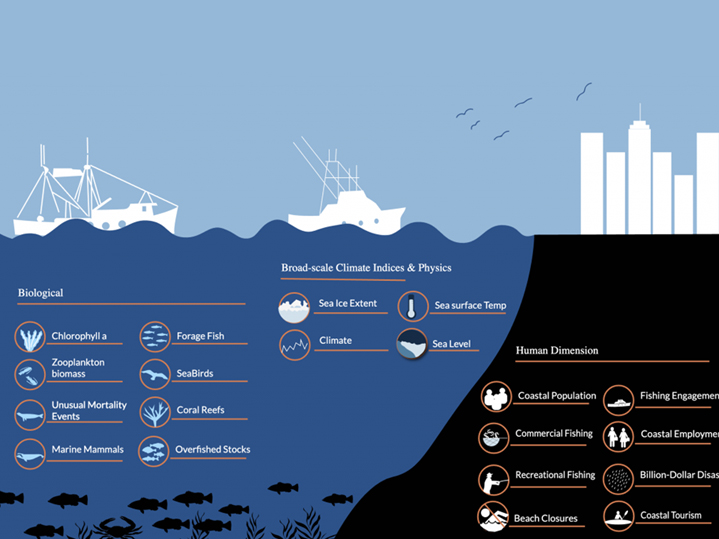

Monitoring & Indicators
CPO will provide support for the National Marine Ecosystems Status platform and connect it with the National Climate Assessment (NCA) to provide an outlet for sanctuaries climate monitoring and data products. This will be a foundational component of an Oceans Report Card and provide marine ecosystem and socioeconomic indicators for the NCA.


Visiting Climate Scientist
CPO is co-supporting Dr. Zac Cannizzo, a Climate Coordinator/Visiting Climate Scientist with OMNS for greater Sanctuaries engagement on climate, to provide additional support for other activities in this project, and to help continue developing the ONMS-CPO relationship. Zac will help extend CPO’s efforts and provide a critical backbone for climate across sanctuaries.

